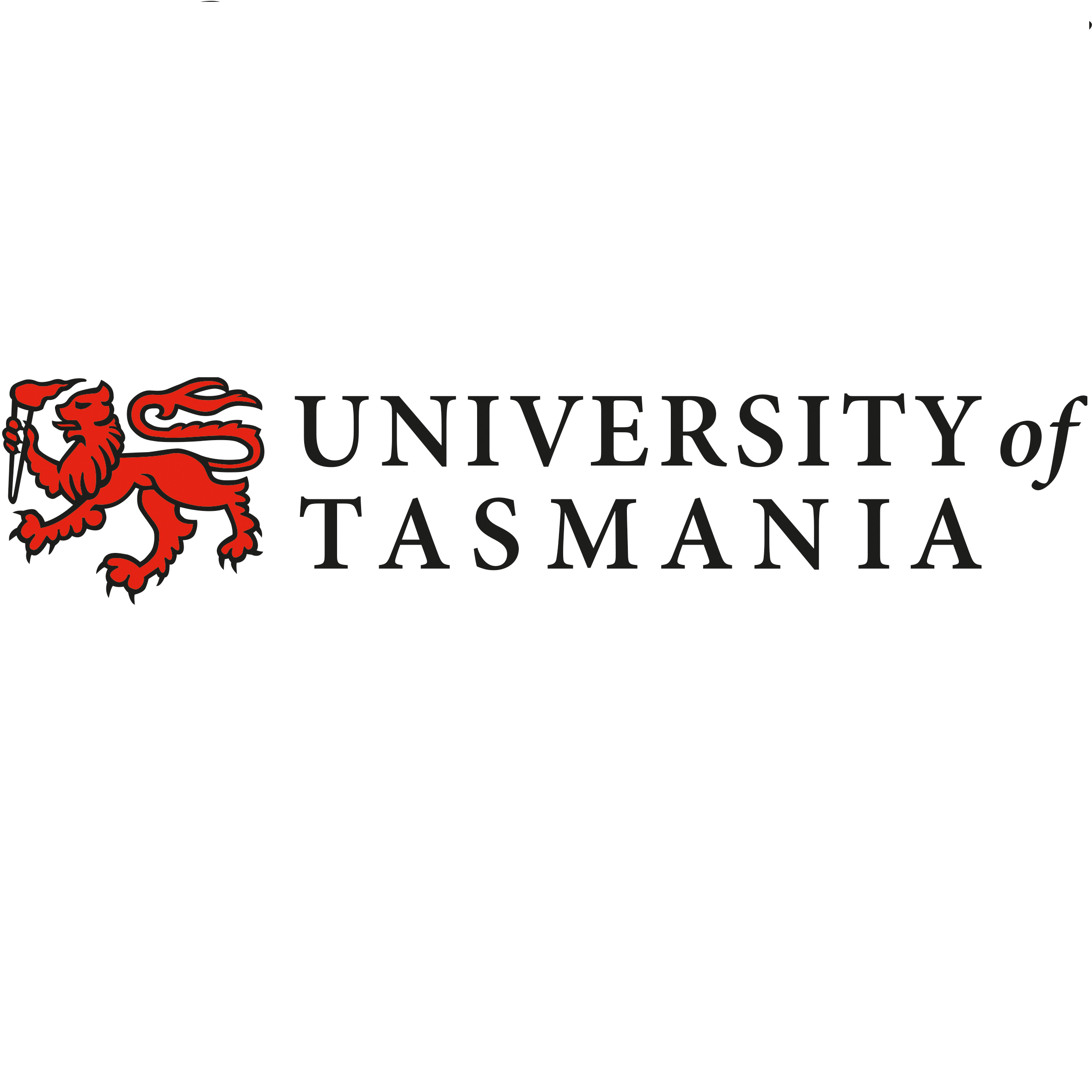Full description
Biological ocean data collected from ships find reuse in aggregations of historical data. These data are heavily relied upon to document long term change, validate satellite algorithms for ocean biology and are useful in assessing the performance of autonomous platforms and biogeochemical models. There is a need to combine subsurface biological and physical data into one aggregate data product to support reproducible research. Existing aggregate products are dissimilar in source data, have largely been isolated to the surface ocean and most omit physical data. These products cannot easily be used to explore subsurface bio-physical relationships. We present the first version of a biological ocean data reformatting effort (BIO-MATE, https://gitlab.com/KBaldry/BIO-MATE). BIO-MATE uses R software that reformats openly sourced published datasets from oceanographic voyages. These reformatted biological and physical data from underway sensors, profiling sensors and pigments analysis are stored in an interoperable and reproducible BIO-MATE data product for easy access and use.Lineage
Maintenance and Update Frequency: none-plannedNotes
CreditAustralian Research Council’s Special Research Initiative for Antarctic Gateway Partnership (Project ID SR140300001)
2019 Fellowship from the Scientific Committee of Antarctic Research
Data time period: 1985-01-06 to 2019-05-10
text: westlimit=-180.00; southlimit=-88.937; eastlimit=180.00; northlimit=-13.8293
User Contributed Tags
Login to tag this record with meaningful keywords to make it easier to discover
DATA ACCESS - browse and download BIOMATE data summaries and full reformatted data
uri :
https://data.imas.utas.edu.au/attachments/3e0afabb-ebd2-4972-bb67-8626c2643129![]()
(DATA ACCESS - download full data package [.zip])
SUPPLEMENTARY INFO - biomate data descriptor [pdf]
MAP - BIOMATE profiling profiling summary (imas:BIOMATE_profiling_sensor_summary)
uri :
https://geoserver.imas.utas.edu.au/geoserver/imas/wms![]()
MAP - BIOMATE underway profiling summary (imas:BIOMATE_underway_sensor_summary)
uri :
https://geoserver.imas.utas.edu.au/geoserver/imas/wms![]()
MAP - BIOMATE Particulate Organic Carbon (POC) summary (imas:BIOMATE_POC_summary)
uri :
https://geoserver.imas.utas.edu.au/geoserver/imas/wms![]()
MAP - BIOMATE pigments summary (imas:BIOMATE_pigments_summary)
uri :
https://geoserver.imas.utas.edu.au/geoserver/imas/wms![]()
OGC Web Feature Service (Profiling Sensor summary) (imas:BIOMATE_profiling_sensor_summary)
uri :
https://geoserver.imas.utas.edu.au/geoserver/wfs![]()
OGC Web Feature Service (Underway Sensor summary) (imas:BIOMATE_underway_sensor_summary)
uri :
https://geoserver.imas.utas.edu.au/geoserver/wfs![]()
OGC Web Feature Service (POC summary) (imas:BIOMATE_POC_summary)
uri :
https://geoserver.imas.utas.edu.au/geoserver/wfs![]()
OGC Web Feature Service (Pigments summary) (imas:BIOMATE_pigments_summary)
- global : 3e0afabb-ebd2-4972-bb67-8626c2643129


